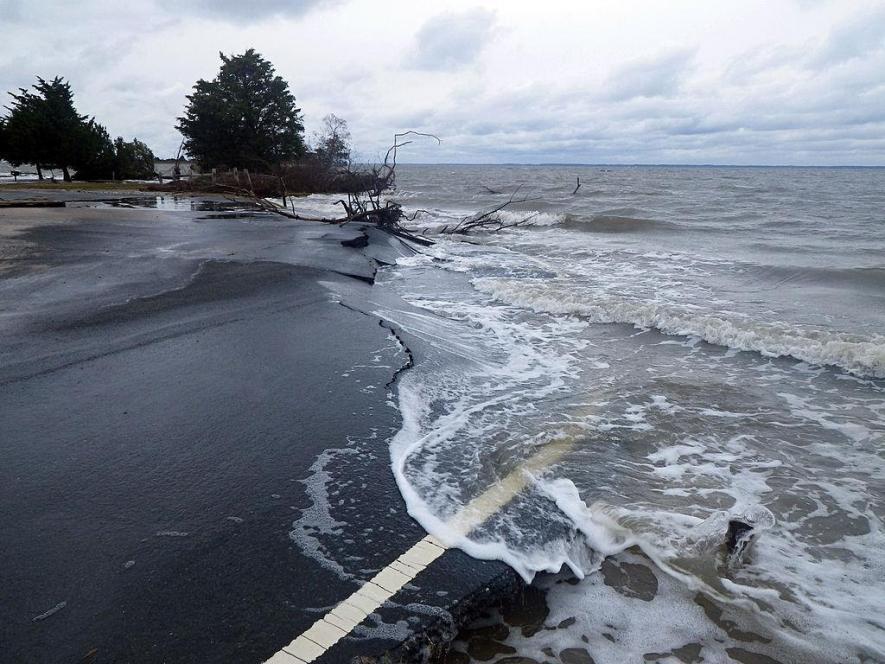Climate Change may Have Made Half of Earth's Oceans Green

In a recent study published in Nature, researchers have claimed that climate change may be the reason behind half of the world's oceans turning green over the past 20 years. These findings are concerning, as scientists believed it would take a long duration of data collection before they could observe the ocean's colour change due to climate change.
The team of researchers, led by B B Cael, a climate and ocean scientist at the National Oceanography Centre in Southampton, UK, analysed data obtained from NASA's Aqua satellite's MODIS sensor. The Aqua satellite was launched in 2002 and is still in orbit around Earth, surpassing its projected lifetime of 6 years.
The researchers examined seven different wavelengths of light reflected from the oceans. The greening of the oceans can be attributed to the bloom of phytoplankton, microscopic organisms that contain the green pigment chlorophyll, similar to the green pigment found in tree leaves. By studying the wavelengths of light reflected from the ocean's surface, scientists can estimate the amount of chlorophyll and measure the presence of phytoplankton or algae in the ocean.
The amount of chlorophyll in ocean water can vary over time, making it challenging for scientists to determine whether changes in water colour are due to natural events or man-made climate change. Previously, it was believed that at least 40 years of observations would be required to make such measurements.
Using two decades of MODIS data, the researchers observed long-term changes in the colour of the oceans, with the most significant changes occurring in tropical and subtropical regions. These regions have relatively stable water colour throughout the year due to the absence of extreme seasons, allowing researchers to infer long-term changes.
The intensity of ocean water colour depends on the measured wavelength of light, and the researchers' findings indicate an overall increase in greenness.
After analysing the wavelengths, the researchers compared the colour changes to a model that predicts marine ecosystems' responses to increasing greenhouse gases in the atmosphere. Their findings aligned with the model, suggesting a relationship between the observed colour changes and climate change.
However, uncertainties remain regarding the exact factors that have influenced the ocean's colour. According to Cael, as stated in an article by Alexandra Witze in Nature, the colour changes observed in certain regions are not directly related to increases in sea surface temperature. Another possibility is the distribution of nutrients in the ocean. Warmer ocean water tends to become more stratified, making it difficult for nutrients to reach the surface. This limited availability of nutrients can impact the survival of larger phytoplankton. Changes in nutrient distribution and subsequent ecosystem alterations may be reflected in the colour of the ocean water.
Nevertheless, the exact reason behind the change in ocean water colour remains unconfirmed. Cael emphasised the importance of colour as an indicator of ecosystem health, stating, "The reason we care about the colour is because the colour tells us something about what's happening in the ecosystem." However, it is evident that human-induced climate change is impacting ecosystems, as Cael said, "We are affecting the ecosystem in a way that we haven't seen before."
Get the latest reports & analysis with people's perspective on Protests, movements & deep analytical videos, discussions of the current affairs in your Telegram app. Subscribe to NewsClick's Telegram channel & get Real-Time updates on stories, as they get published on our website.























